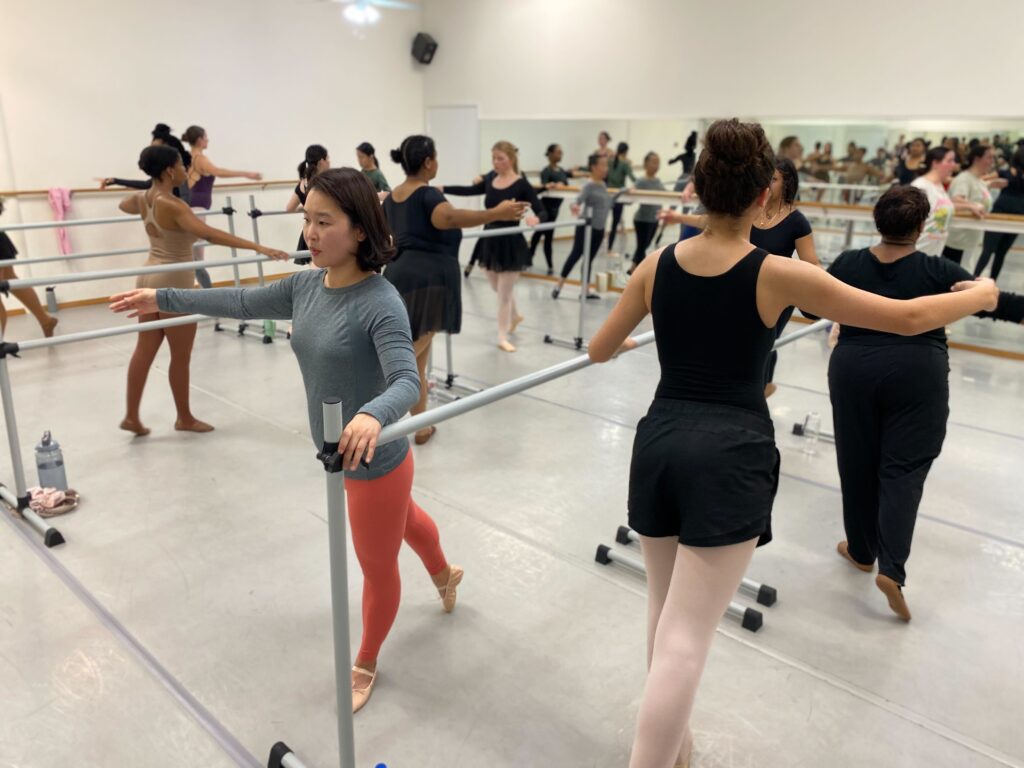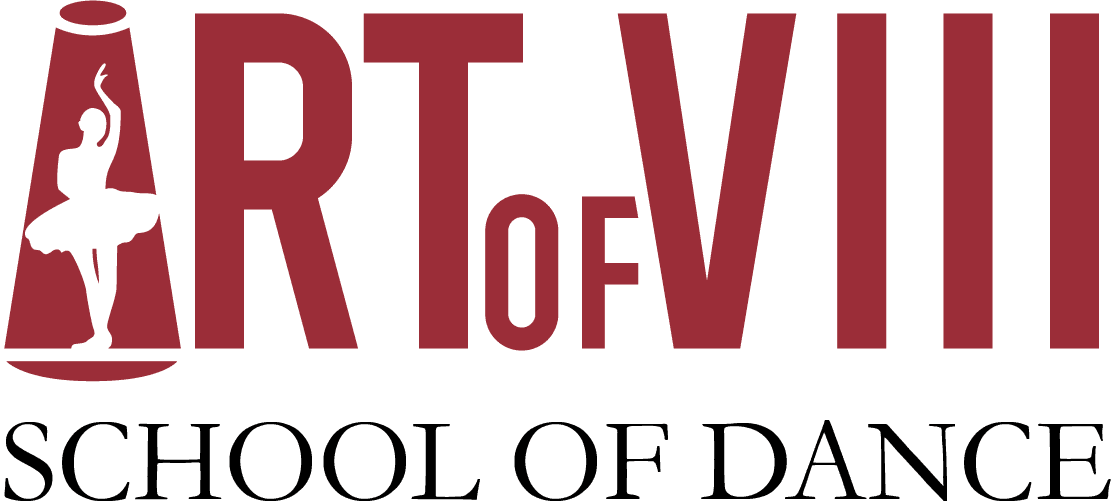
A Beginner’s Guide to Contemporary Dance
Table of Contents
- Understanding Contemporary Dance
- Exploring Techniques and Styles
- Benefits of Contemporary Dance
- Finding a Contemporary Dance Class
- Tips for Progressing in Contemporary Dance
Understanding Contemporary Dance
Contemporary dance is a genre of dance that emerged in the mid-20th century and continues to evolve today. It is known for its expressive and fluid movements, often combining elements of ballet, modern dance, and improvisation. Understanding contemporary dance involves exploring its history, techniques, and artistic principles.
One important aspect of contemporary dance is its emphasis on self-expression and individual interpretation. Dancers are encouraged to explore their own unique movement style and convey their emotions through their movements.
Contemporary dance also often incorporates elements of improvisation, allowing dancers to respond and adapt to the music, space, and other dancers in the moment. This improvisational aspect adds an element of spontaneity and creativity to the dance.
Overall, understanding contemporary dance involves delving into its rich history, exploring its techniques and principles, and embracing its spirit of self-expression and improvisation.
Exploring Techniques and Styles
Contemporary dance encompasses a wide range of techniques and styles, each with its own unique characteristics. Here are a few key techniques and styles commonly found in contemporary dance:
- Release Technique: This technique emphasizes the use of gravity and breath to create fluid and grounded movements. It encourages dancers to let go of tension and find freedom in their bodies.
- Contact Improvisation: Contact improvisation involves two or more dancers engaging in physical contact and using each other’s weight and momentum to create movements. It is a collaborative and spontaneous form of dance.
- Cunningham Technique: Developed by choreographer Merce Cunningham, this technique focuses on isolating different parts of the body and exploring their individual movements. It emphasizes clarity and precision in movement.
- Gaga: Gaga is a movement language developed by Israeli choreographer Ohad Naharin. It encourages dancers to explore their bodies’ sensations and connect to their inner emotions while moving.
These are just a few examples of the many techniques and styles you can explore in contemporary dance. Each technique offers its own unique approach to movement and expression, allowing dancers to find their own voice within the art form.
Benefits of Contemporary Dance
Engaging in contemporary dance offers numerous physical, mental, and emotional benefits. Here are some of the key benefits of practicing contemporary dance:
- Physical Fitness: Contemporary dance is a highly physical activity that helps improve strength, flexibility, and endurance. It provides a full-body workout and helps dancers develop control and coordination.
- Expressive Outlet: Contemporary dance offers a creative and expressive outlet for individuals to communicate their emotions, thoughts, and ideas. It allows dancers to tell stories and convey messages through movement.
- Self-Confidence: As dancers explore their own unique movement style and express themselves freely, they develop a sense of self-confidence and self-esteem. Contemporary dance encourages self-acceptance and celebrates individuality.
- Stress Relief: Dancing can be a great way to relieve stress and release tension. The expressive and rhythmic movements in contemporary dance can help dancers relax and unwind.
These are just a few of the many benefits that contemporary dance can bring. Whether you’re looking to improve your physical fitness, express yourself creatively, or simply have fun, contemporary dance offers something for everyone.
Finding a Contemporary Dance Class
If you’re interested in learning contemporary dance, finding a class is a great place to start. Here are some tips to help you find a contemporary dance class:
- Research Dance Studios: Look for local dance studios or schools that offer contemporary dance classes. Check their websites or call them to inquire about their class offerings.
- Ask for Recommendations: Reach out to friends, family, or fellow dancers who may have recommendations for contemporary dance classes in your area. They may be able to provide insights and suggestions.
- Attend Open Classes or Workshops: Many dance studios offer open classes or workshops where you can try out different dance styles, including contemporary dance. This can be a great way to get a taste of the dance form and find a class that suits your needs.
- Consider Online Classes: In addition to in-person classes, there are also online platforms that offer contemporary dance classes. This can be a convenient option if you have limited access to local dance studios.
Remember, finding the right class is important to ensure you have a positive learning experience. Consider your skill level, goals, and preferences when choosing a contemporary dance class.
Tips for Progressing in Contemporary Dance
As you continue your journey in contemporary dance, here are some tips to help you progress and improve:
- Practice Regularly: Consistency is key in dance. Set aside dedicated practice time each week to work on your technique, flexibility, and improvisation skills.
- Take Workshops and Masterclasses: Attend workshops and masterclasses taught by experienced contemporary dancers and choreographers. These opportunities can provide valuable insights, inspiration, and new perspectives on the dance form.
- Seek Feedback: Don’t be afraid to ask for feedback from your dance teachers or mentors. Constructive criticism can help you identify areas for improvement and guide your practice.
- Watch Performances: Watch performances by professional contemporary dance companies. This can expose you to different choreographic styles, inspire you, and expand your understanding of the art form.
- Embrace Creativity: Contemporary dance is a creative and expressive art form. Allow yourself to explore and experiment with movement, improvisation, and choreography. Embrace your unique ideas and perspectives.
Remember, progress in dance takes time and dedication. Be patient with yourself, enjoy the process, and celebrate your achievements along the way.
We remain committed to the health and well-being of our dancers and community. Learn more


